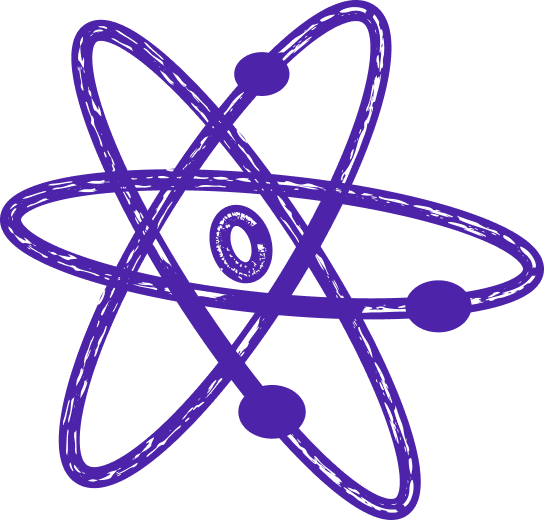
what is neural networks
What is Neural Networks
At their core, neural networks are designed to mimic the biological neurons found in the human brain. Each artificial neuron receives input signals from multiple sources, which are then weighted and combined to produce an output signal. These interconnected neurons are organized into layers, with an input layer receiving the initial data, one or more hidden layers processing and transforming the information, and an output layer providing the final result.
The strength of neural networks lies in their ability to learn and adapt through a process known as training. During training, the network is exposed to a large dataset with known inputs and desired outputs, allowing it to adjust the weights of its connections iteratively. By comparing the network's output with the desired output, an error signal is generated, which is then used to update the weights. This iterative process, often referred to as backpropagation, gradually refines the network's ability to make accurate predictions or classifications.
Neural networks excel at solving complex problems that are difficult to address using traditional programming approaches. They have been successfully applied in a wide range of domains, including image and speech recognition, natural language processing, recommendation systems, and even autonomous vehicles. Their ability to discover intricate patterns and extract meaningful features from vast amounts of unstructured data has revolutionized industries such as healthcare, finance, and manufacturing.
One of the key advantages of neural networks is their ability to generalize from the training data and make predictions on unseen data. This is known as the network's ability to generalize, and it ensures that the model can perform well on real-world scenarios beyond the training set. However, it is important to strike a balance during training to avoid overfitting, a situation where the network becomes too specialized in the training data and fails to generalize to new inputs.
As with any machine learning model, the performance of neural networks heavily relies on the quality and quantity of the training data. Additionally, the architecture and hyperparameters of the network, such as the number of layers, the number of neurons per layer, and the learning rate, must be carefully chosen to achieve optimal results. This process often involves experimentation and fine-tuning to find the right configuration for the specific problem at hand.
In conclusion, neural networks are a fundamental tool in the field of artificial intelligence, enabling machines to learn, reason, and make decisions in a manner similar to the human brain. By leveraging their ability to process complex patterns and adapt through training, neural networks have unlocked unprecedented opportunities for innovation and problem-solving across various industries.

Digital Transformation Strategy for Siemens Finance
Cloud-based platform for Siemens Financial Services in Poland
Kick-start your AI Digital Transformation strategy with experts.
We design tailored digital transformation strategies that address real business needs.
- AI Strategic Workshops
- Process & Systems Audit
- Implementation Roadmap
Let’s build your next digital product — faster, safer, smarter.
Book a free consultationWork with a team trusted by top-tier companies.








